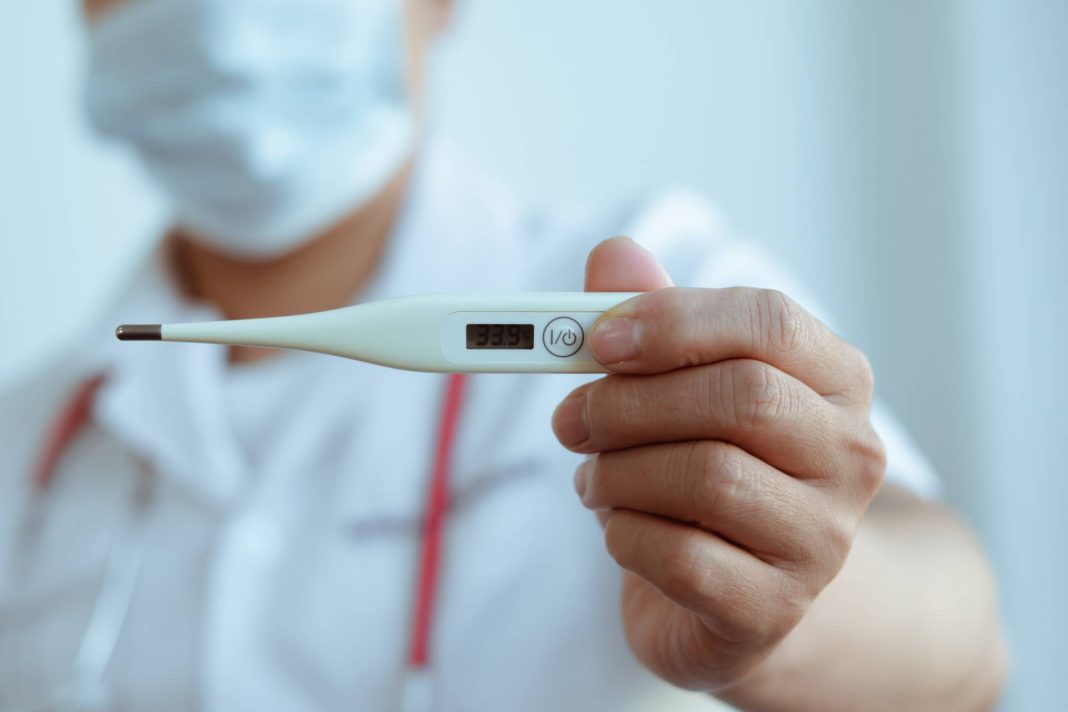The Health Ministry said the epidemiological experiments showed the majority of the diagnosed cases had a history of traveling abroad. 131 of the cases had taken trips to the UAE, 7 to Pakistan, one to Oman, and one to Benin in West Africa.
Currently, the southern and southeastern border provinces of Hormozgan, Sistan and Baluchestan, Khuzestan and Bushehr are red-alert areas for Aedes aegypti, or the yellow fever mosquito, that can spread dengue fever.
The northern and northwestern border provinces Golestan, Gilan, Mazandaran, and Ardabil are also dotted with the other variations of the mosquito, Aedes albopictus, also known as the tiger mosquito or forest mosquito, that can spread the disease.
The mosquitoes live and grow near human habitats. When a mosquito bites a person infected with dengue virus, the virus enters the mosquito’s body and it transfers the virus by biting another person.
The most common symptoms of the acute viral disease are high fever, headache, body aches, nausea, and rash. In severe cases, it will have hemorrhagic manifestations.
